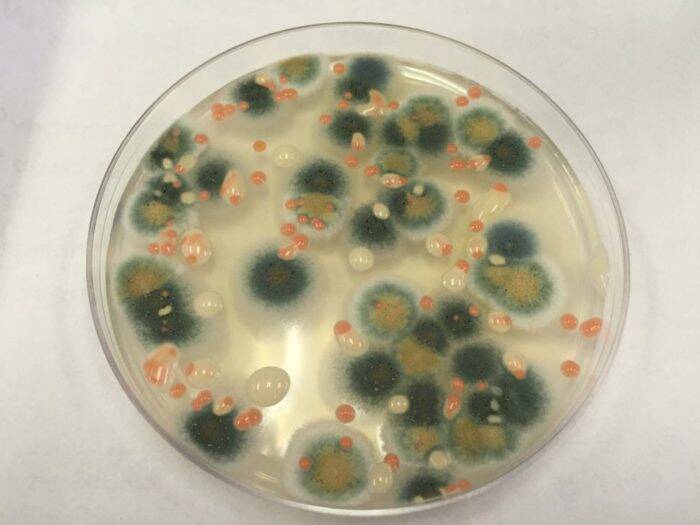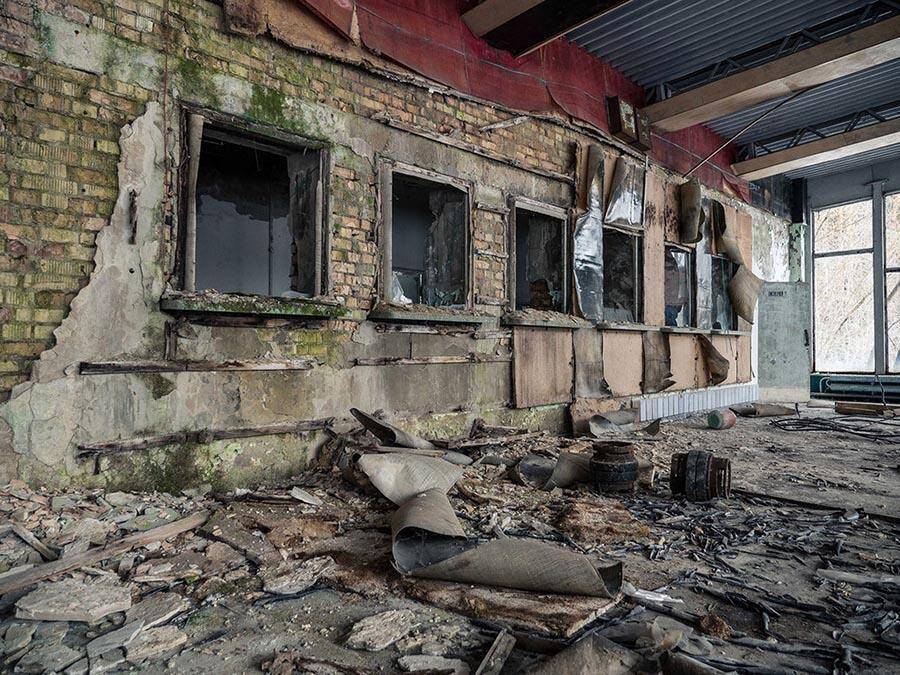Scientists hope to use the capabilities of fungi to find remedies for those who are habitually exposed to radiation. Cancer patients, nuclear power station engineers and astronauts.
Since the Chernobyl nuclear explosion in 1986, some species of fungi have thrived despite the radiation in these now abandoned areas.
Whether it's an asteroid or an ice age, planet Earth and its life forms always seem to find a way to overcome a nemesis. Recently, scientists discovered that some particularly impressive small life forms were even able to survive in a harsh environment like Chernobyl.
The Chernobyl nuclear disaster of 1986 it remains the worst episode of its kind in known history and has probably killed hundreds of thousands of people over the years.
The mushroom paradise
Even 34 years later, radiation remains in the area surrounding Chernobyl, but this place has also become a mecca for a certain type of mushroom.
A research team has found at least 200 species and 98 genera of fungi thriving on radiation at the infamous disaster site. The surprising discovery was first documented in 1991. At the time, scientists discovered that fungi were growing on the walls of the abandoned nuclear reactor that was still covered in gamma radiation.
Amazed, the researchers began studying the organisms, known as “black fungi” due to their concentrations of melanin, and found that three different species they lived in spite of huge gamma radiation values. These strains, Cladosporium sphaerospermum, Cryptococcus neoformans and Wangiella dermatitidisthey even found themselves growing faster in the presence of radiation and even growing towards it as if they were naturally attracted to it.
“Mushrooms collected at the accident site had more melanin than mushrooms collected outside the evacuation zone”Said Kasthuri Venkat, NASA senior research scientist and lead scientist for the agency's space fungi project.
“This means that the fungi adapted to the radiation activity and as many as 20% were radiotrophic, that is, they grew towards the radiation”.
A special “photosynthesis”.
Because fungi contain so much melanin, they are able to fuel gamma rays and convert them into chemical energy, a bit like a “dark” version of photosynthesis. This process is called radiosynthesis.
Scientists have wondered whether melanin in human skin cells can also turn radiation into "food", but for now they tend to categorically rule it out. However, they do not exclude this possibility for other life forms.
“The fact that it occurs in fungi raises the possibility that the same could occur in animals and plants”, added the researchers.

One of these ways would be to find applications to protect people who are regularly exposed to radiation, such as cancer patients and nuclear power plant engineers. Scientists also hope that mushrooms can be used to develop a biological source of energy through the conversion of radiation.
Chernobyl mushrooms, possible applications also in space
Another possible application for the powers of these mushrooms is in space travel.
In 2016, SpaceX and NASA sent a package to the International Space Station (ISS) containing several strains of fungi from Chernobyl. The expedition also included more than 250 different tests for the space crew to perform.
Why space? The molecular changes that researchers observed in Chernobyl fungi were caused by stress created by radiation exposure from the site. The researchers hoped to replicate this reaction in space. There they planned to expose the fungi to the stress of microgravity and compare them with similar strains of fungi remaining on Earth.
The results of the NASA study could have great benefits for future space travel, probably offering astronauts a way to protect themselves from deadly amounts of cosmic radiation. The results of these investigations on board the ISS will soon be published in a future document.

In Chernobyl and through the most dangerous radioactivity zones on Earth, life continues to find a way to adapt to even the most difficult environments.


